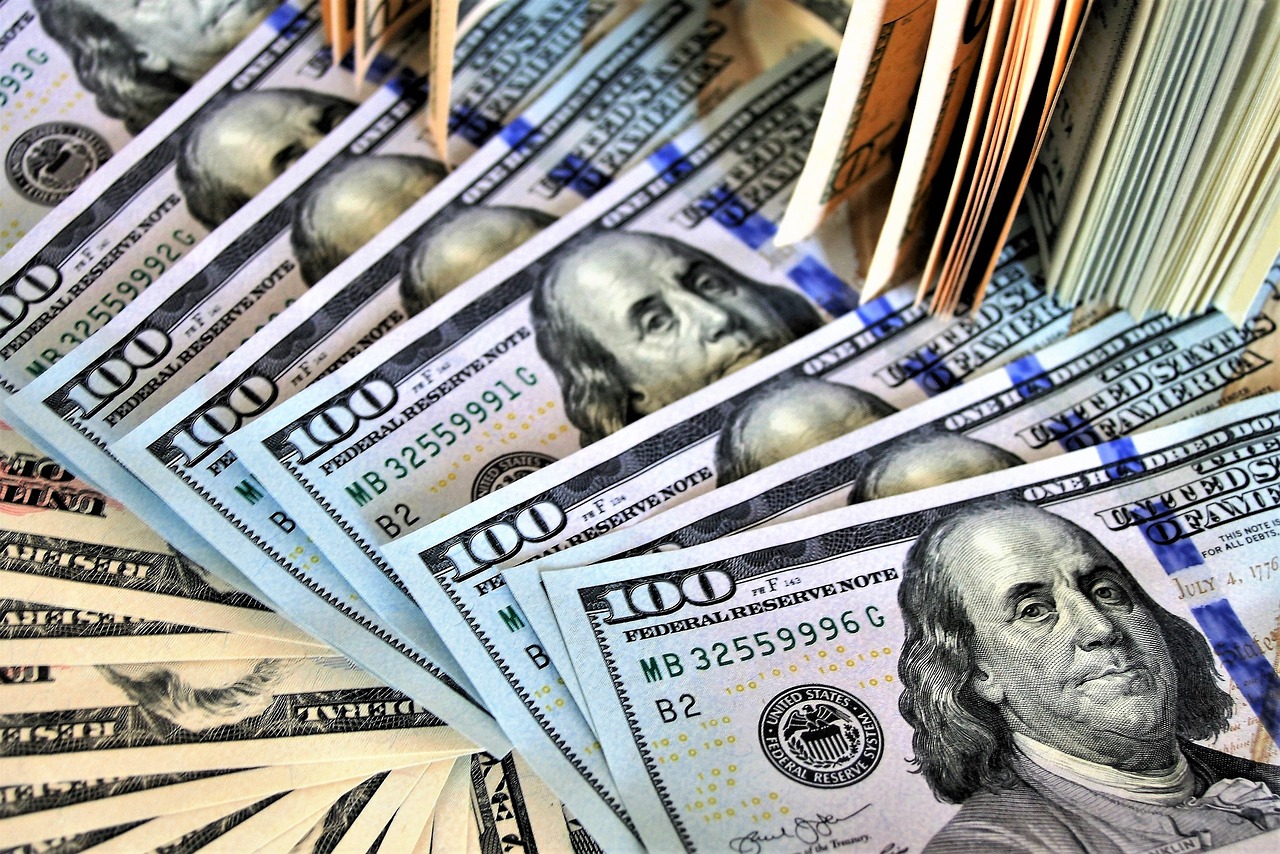Throughout August, markets have observed various meetings between the United States, Russia, and the EU aimed at ending the war in Ukraine. This peace negotiation process on the Ukrainian front is expected to carry both economic and financial consequences.
Kim Catechis, Chief Strategist at the Franklin Templeton Institute, explains that for Europe, these negotiations are possibly “the last chance to avoid a war for the survival of the European model,” while for the United States, “it seems that policy direction is solely in the president’s hands and, as such, is not clearly defined for the external observer.”
On this point, Catechis has the impression that, for U.S. President Donald Trump, “reaching a peace agreement is more important than the structure of that agreement, which implies that the sustainability of any peace may not be a priority.” He even considers that “it could be that the President of the United States loses interest and decides to withdraw.”
Still, he notes a few clear considerations. First, that a clear resolution is unlikely in the short term—within six months—and that “an unstable truce” is more probable, along with “little clarity about the outcome of this process.”
On the economic front, Catechis states that the European defense sector is in the early stages of a multi-decade investment boom that will not be affected by any peace agreement in Ukraine. He also believes that Europe’s focus on electrification will continue “regardless of the circumstances, purely for security reasons.” Even in a potential peace scenario where Ukraine does not become another Belarus, it is likely that Europeans will launch a “mini Marshall Plan to rebuild the country,” which would mean “a significant opportunity for local and European companies.”
As for the United States, Catechis does not see clearly how companies will be affected throughout this process. The expert recalls already known figures: $600 billion over three years from the EU, $100 billion from Ukraine—plus revenues from critical mineral extraction. “It’s likely that the majority of these sums will go toward purchasing Patriot missile batteries, but there is a production capacity issue: Raytheon plans to increase production to 12 per year,” the expert notes.
Nicolás Laroche, Global Head of Advisory and Asset Allocation at Union Bancaire Privée (UBP), is clear that a possible peace agreement in Ukraine could have significant implications for various asset classes and sectors, “though this will depend on the details.”
The expert focuses on the future of sanctions on Russian energy. He believes that any easing of sanctions “would further accelerate and expand” the global oil and gas oversupply scenario, which would put downward pressure on energy prices and “benefit European economies such as Germany.”
Among the side effects of a new energy landscape would be a continuation of the disinflationary trend in Europe, which would improve consumer confidence and corporate margins, and trigger “a sector rotation from defensive sectors to more cyclical ones.” Additionally, Laroche believes that since a peace deal would also be an additional catalyst for further dollar weakness, “domestic and cyclical companies in Europe would likely find a catalyst for a revaluation, given their undemanding valuations.”
In summary, “Europe may be tactically attractive,” but Laroche acknowledges that long-term structural growth and political challenges persist, which makes U.S. equities more appealing to him for generating sustained returns.
Lastly, a peace agreement could tilt the European yield curve upward, according to the UBP expert, due to expectations of higher fiscal spending, “a positive environment for the European financial sector.”
Nicolas Bickel, Head of Investment at Edmond de Rothschild Private Banking, also sees opportunities in Europe in the event of a ceasefire in Ukraine. “While caution must prevail, if peace is achieved, it would act as a catalyst for stock markets, particularly for European equities,” the expert states, adding that a definitive ceasefire would result in lower energy prices, which would support European manufacturing activity and industrial company stocks.
However, Bickel does not rule out that the prospects of de-escalation in Ukraine could affect the European defense sector, “as a reduction in deliveries of ammunition and combat vehicles to Ukrainian forces is expected.” Additionally, a more favorable geopolitical context could also put downward pressure on gold prices.
Nonetheless, he believes the correction in both assets would be short-lived, as they benefit from long-term supportive factors: European defense is backed by the €500 billion ReArmEU program, while gold is supported by increased demand from emerging market central banks, which are reducing their exposure to the U.S. dollar in favor of the precious metal.
“At Edmond de Rothschild, we believe that the ongoing negotiations could act as an additional catalyst for European equities, alongside existing factors such as lower ECB interest rates, Germany’s infrastructure plan, and the stabilization of confidence in Europe,” says Bickel, who nonetheless prefers to be cautious. He advises against “drawing hasty conclusions, especially regarding the reconstruction of Ukraine.”
Thomas Hempell, Head of Macro and Market Research at Generali AM (part of Generali Investments), takes a more cautious stance. He acknowledges that hopes for a ceasefire or peace agreement between Russia and Ukraine could provide moderate support for the euro/dollar exchange rate, “as falling oil and gas prices would reduce Europe’s energy import bill.”
However, he points out that energy costs have already moderated and supply has not been disrupted, so he sees it as “unlikely that the negotiations will have a significant impact on the currency market, as they will be overshadowed by the Federal Reserve’s monetary policy.”
On the other hand, he believes that the prospects of reconstruction efforts, to be carried out in the event of a peace agreement, could to some extent benefit the eurozone economy, thereby strengthening European risk assets. However, he observes that the path to a peace deal “remains fraught with significant obstacles,” and given that Russian President Vladimir Putin still holds the advantage on the battlefield, “he has many incentives to keep buying time.”
The euro features prominently in the outlook of François Rimeu, Senior Strategist at Crédit Mutuel Asset Management, in the event of a peace agreement in Ukraine. The expert expects the euro to appreciate. He recalls that at the time of the invasion of Ukraine in February 2022, the euro was trading around $1.15, before falling below parity in October of that year. “A reversal, probably not of the same magnitude, seems to be the most likely scenario,” forecasts the expert, who also considers that the prospect of peace may have already partly contributed to the single currency’s rebound over the past six months.




